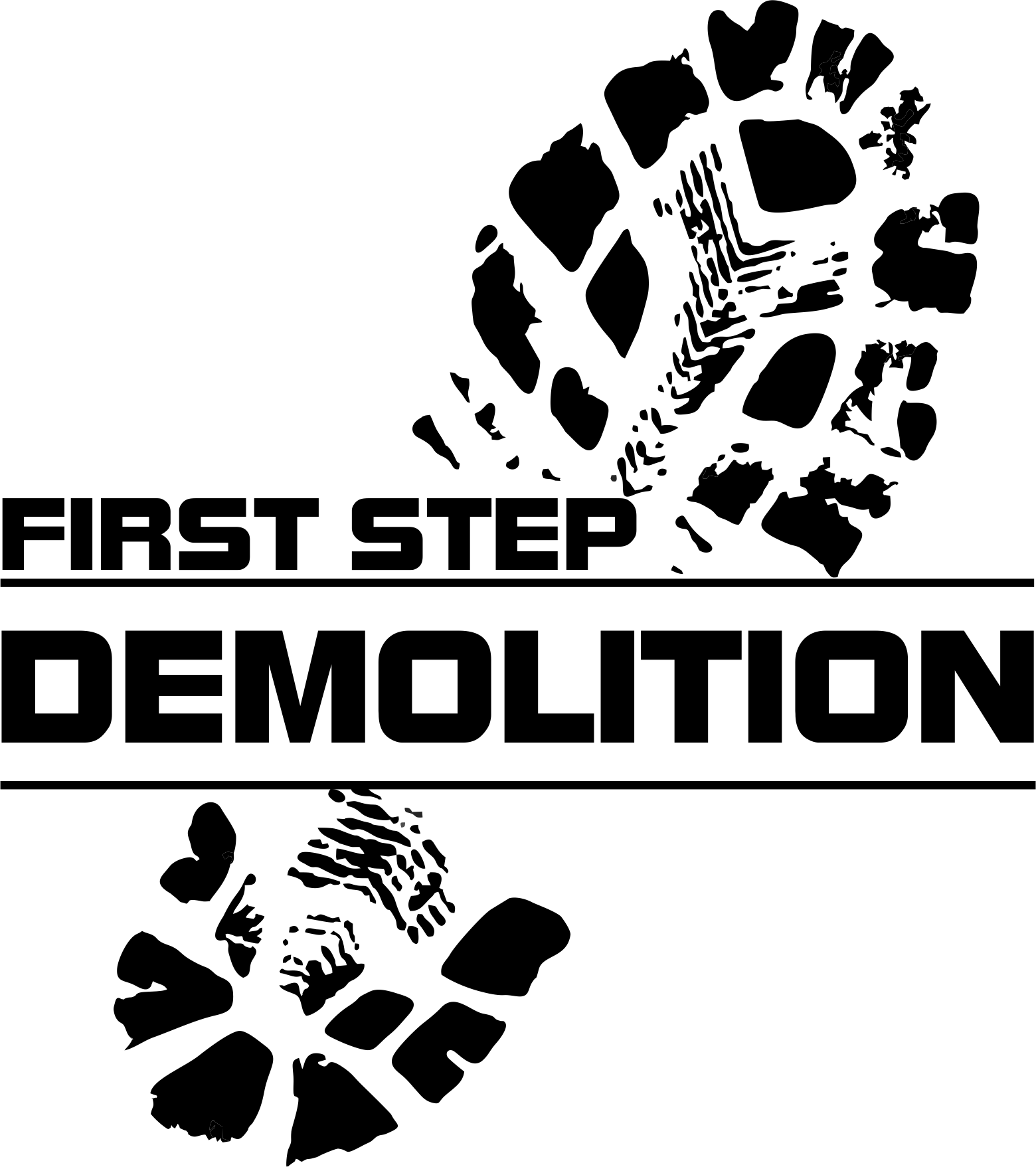Planning a demolition project? Here's what you need to know.
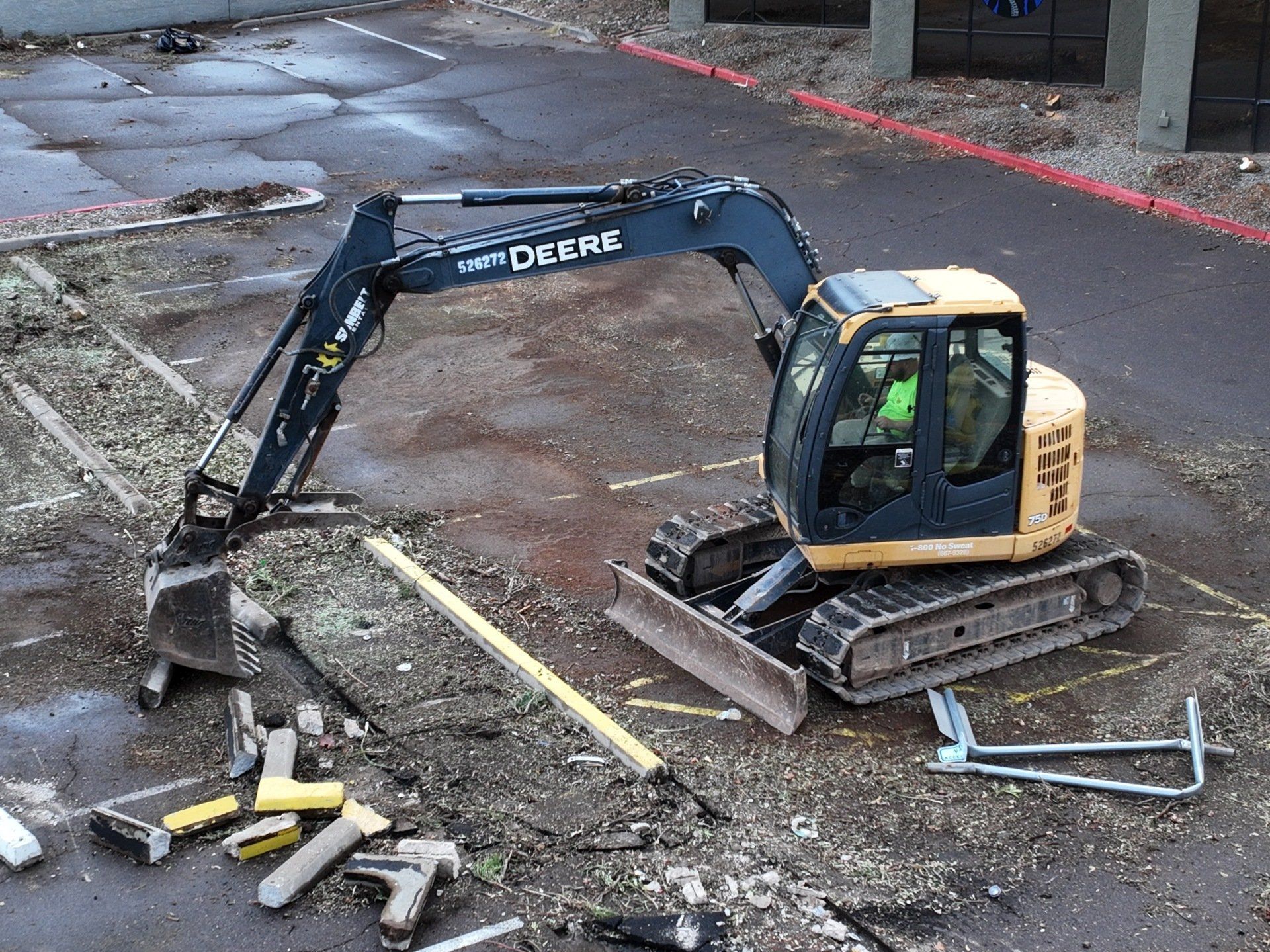
Planning a Demolition Project? Here's What You Need to Know
Demolition can be a dangerous and complicated process, that is why it's important to plan carefully before beginning any demolition project. If you're planning for one, it's important to understand the process and what's involved. Without proper planning, your demolition project may encounter numerous problems, and surely problems are the most important part you want to avoid when doing a demolition job.
This article will provide an overview of demolition, including the steps involved and the equipment you'll need. We'll also discuss some of the common challenges associated with demolition projects and how to overcome them. By understanding the process and planning ahead, you can ensure a successful demolition project.
Things You Need To Do When Planning a Demolition Projects
1. Plan way ahead - know what you want to demolish and estimate how much it will cost.
When demolition is your goal, it is important to know exactly what you want to tear down and have a reasonable estimate of the associated costs. A demolition project can be a big undertaking, so it is important to plan ahead and be prepared for all aspects of the process. The first step is to identify the scope of work. What structures need to come down? What materials will need to be removed? Once you have a clear understanding of the work that needs to be done, you can begin to gather estimates from demolition contractors. These estimates should include the cost of labor, materials, and cleanup. With this information in hand, you can begin to develop a budget for your project. By planning ahead and doing your homework, you can ensure that your demolition project stays on track and within budget.
2. Get permits from your local government - this is required for all demolition projects.
Before starting any demolition project, it is essential to obtain the appropriate permits from your local government. Depending on the scope of the project, you may need to apply for a demolition permit, a building permit, or both. Failure to obtain the proper permits can result in significant fines, and it may even delay the completion of your project. Therefore, it is always best to check with your local government first to ensure that you are in compliance with all applicable laws.
3. Hire a qualified contractor to do the work for you - they will have the experience and knowledge to safely demolish your home or any building.
When the time comes that you want to demolish your home or any other type of building, it's important to hire a professional demolition company that has the experience and knowledge necessary to safely complete the project. A qualified demolition company will have the right equipment and trained personnel to get the job done quickly and efficiently, while also minimizing the risk of damage to surrounding property. In addition, a reputable demolition company will be able to provide you with a detailed estimate of the cost of the project, so that you can budget for the project accordingly. By hiring a qualified demolition company, you can be sure that your demolition project will be completed safely and without problematic incidents.
4. Protect your property and belongings by removing them from the area before demolition begins.
Before demolition begins on your property, it is important to remove all of your belongings from the area. Demolition projects can create a lot of dust and debris, which could damage your possessions. In addition, loose items can become projectiles during demolition and pose a safety risk to workers. To avoid any damage or injury, it is best to remove all valuables from the demolition site before work begins. This will help to protect your belongings and ensure that the demolition project proceeds smoothly.
5. Make sure the site is cleaned up after demolition is completed.
After a demolition project, it is essential to clean up the site properly. This includes removing all debris and rubble, as well as any dangerous materials such as nails and glass. The site should also be thoroughly inspected to make sure that all utility lines are properly disconnected and that there are no other hazards present. Once the site is clean and safe, it can then be prepared for the next stage of construction. Failing to clean up a demolition site properly can create safety hazards for both workers and the general public, so it is always important to follow the proper procedures.
Common challenges associated with demolition projects
Demolition projects often come with a unique set of challenges, which can vary depending on the size and scope of the project. These common challenges are unavoidable, but they can be managed when you already set a plan for your demolition project.
- One of the most common challenges is managing debris, which can quickly become a safety hazard if not properly disposed of. Good thing is that when you hire a professional demolition team, they can handle this kind of mess accordingly.
- Demolition projects often produce a large amount of dust, which can be harmful to both workers and nearby residents. The best thing you can do as the owner of the structure that is getting demolished is to simply move out. As for the workers, they are always advised to wear safety masks and helmets.
- Another challenge that is commonly faced is dealing with asbestos, which can be present in many older buildings. Asbestos must be carefully removed and disposed of in order to avoid causing health problems. Professional demolition company can handle this problem well.
- Finally, noise pollution is often an issue with demolition projects, as the noise can be extremely loud and disruptive. The only thing people can do about this problem is to simply be patient until the work is completely done.
These are just some of the challenges that are commonly associated with demolition projects. They can be annoying to deal with, but if you want to get the demolition done on your property, there is no other way but to deal with these challenges. Demolition projects, while often exciting, can also be daunting. By planning ahead and knowing what to expect, you can make the process smoother for everyone involved. We hope this guide has been helpful in outlining the key steps of a demolition project.
First Step Demolition
If you're planning on demolishing a structure on your property, make sure to contact First Step Demolition. We can help you plan and execute the demolition project safely and without any problematic incident. We'll make sure the site is cleaned up properly after demolition is completed, and we can handle any debris or asbestos removal that may be necessary.
Contact us today to get started!
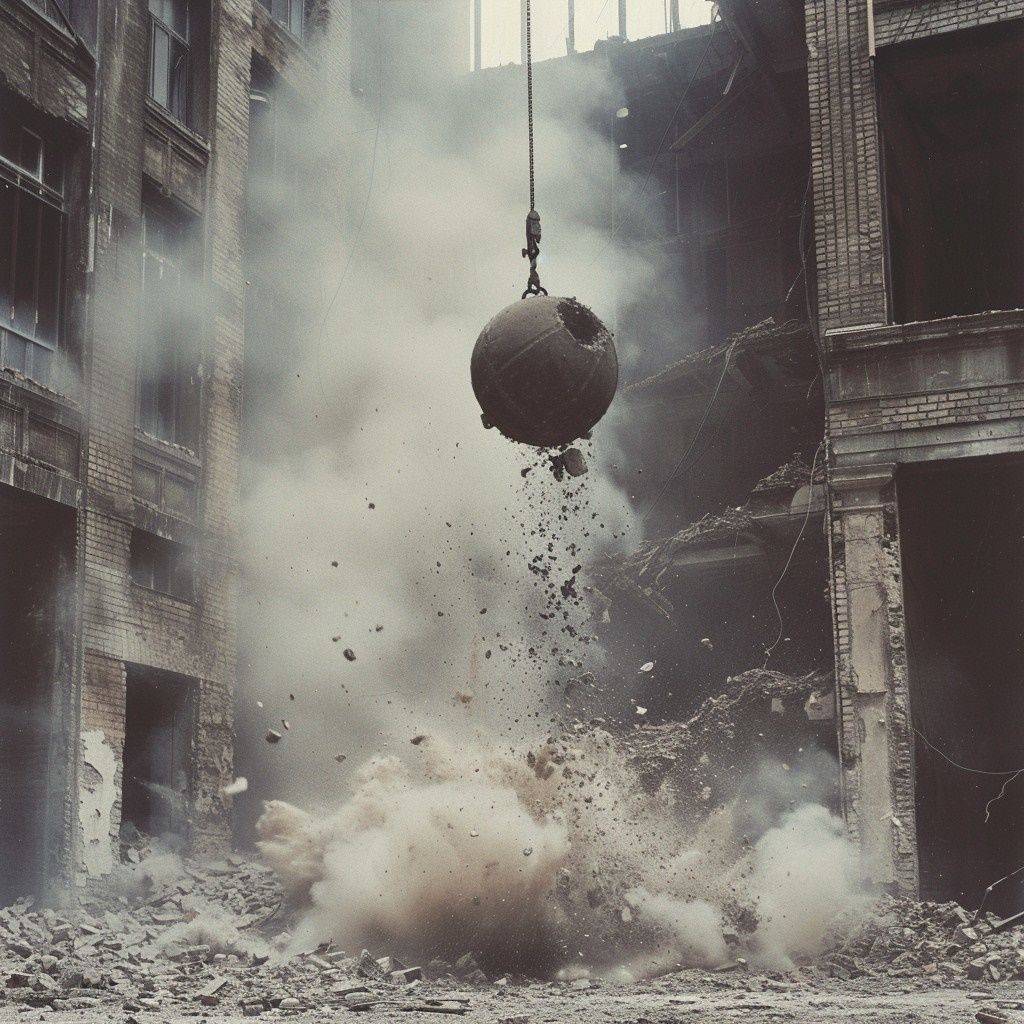
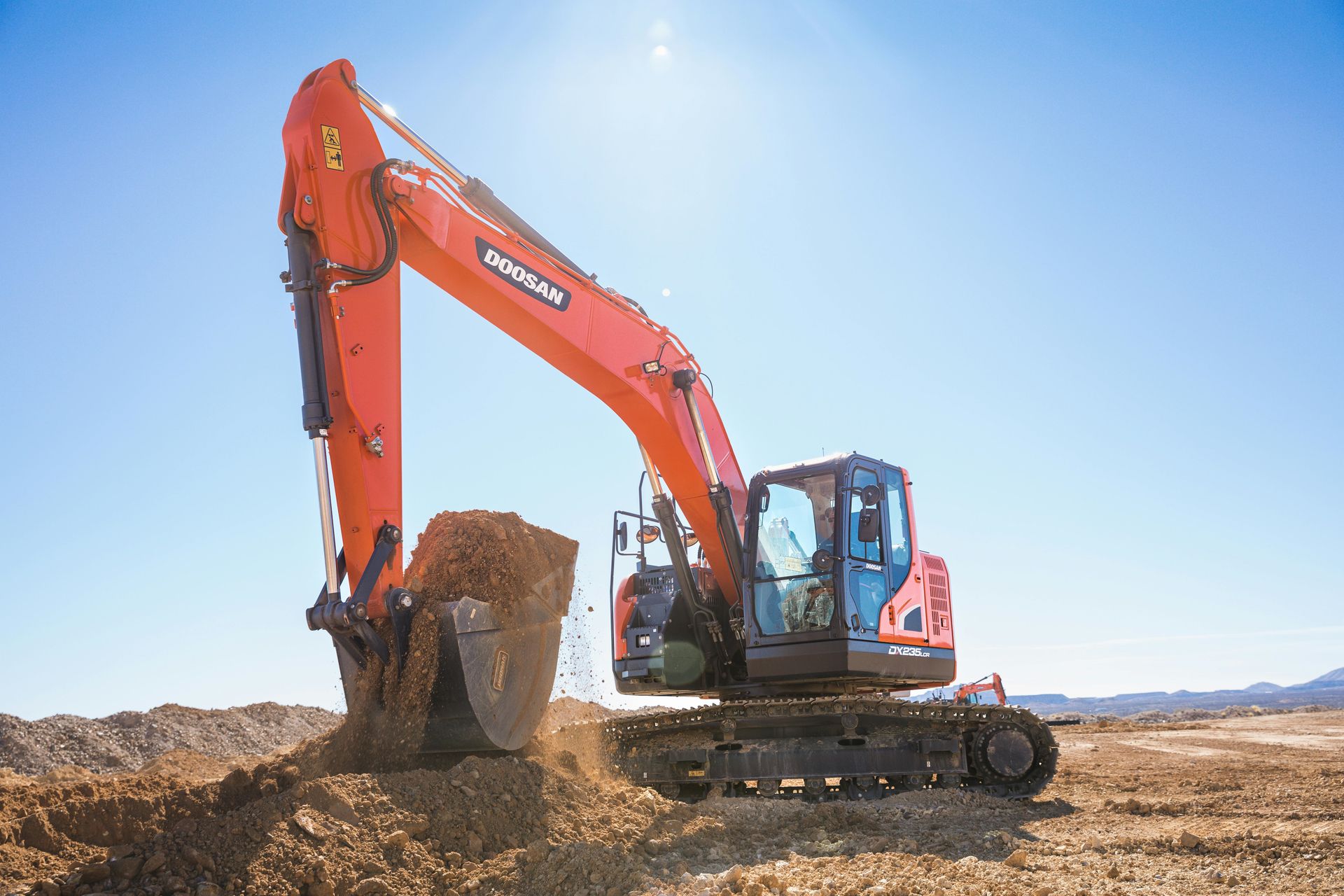
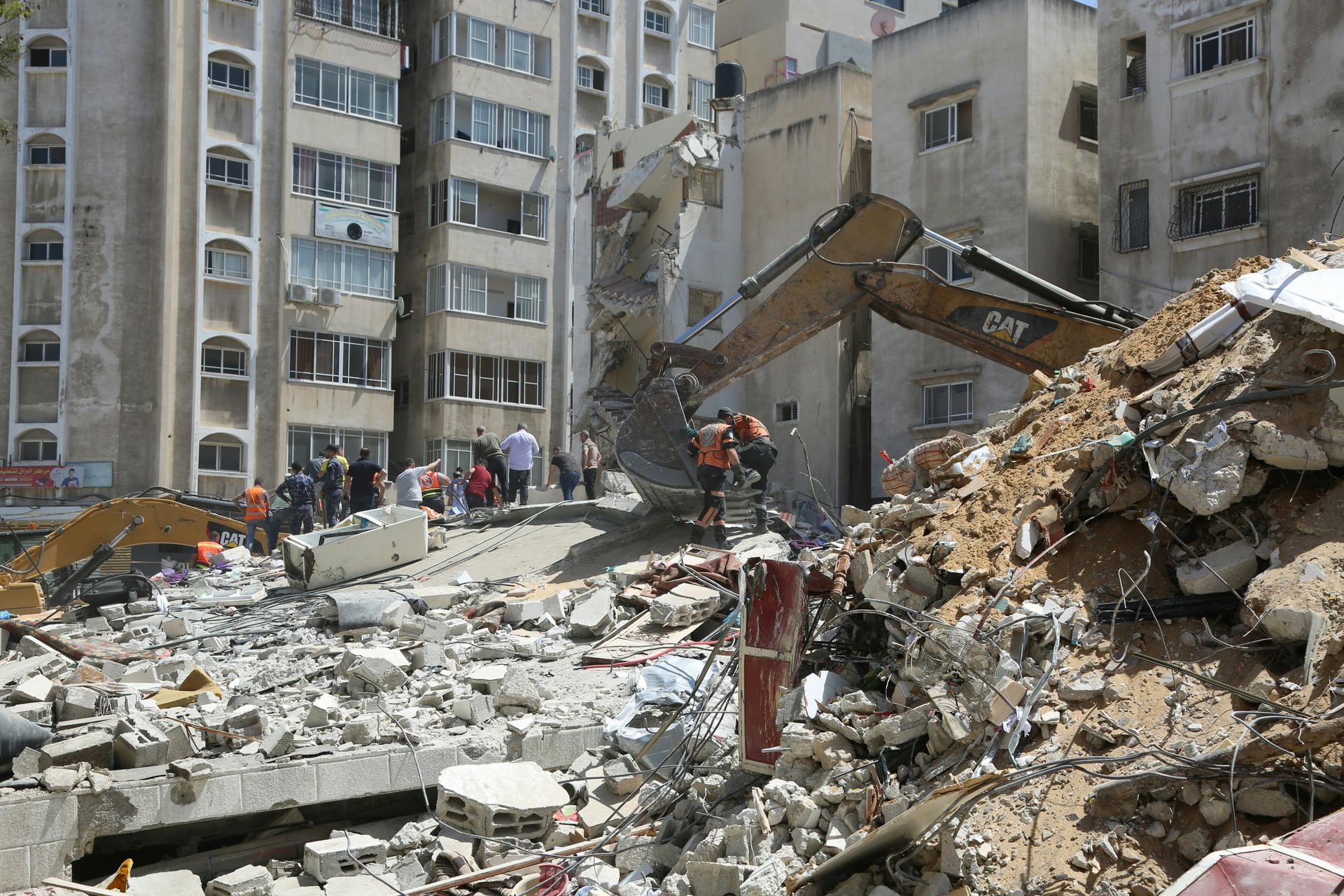
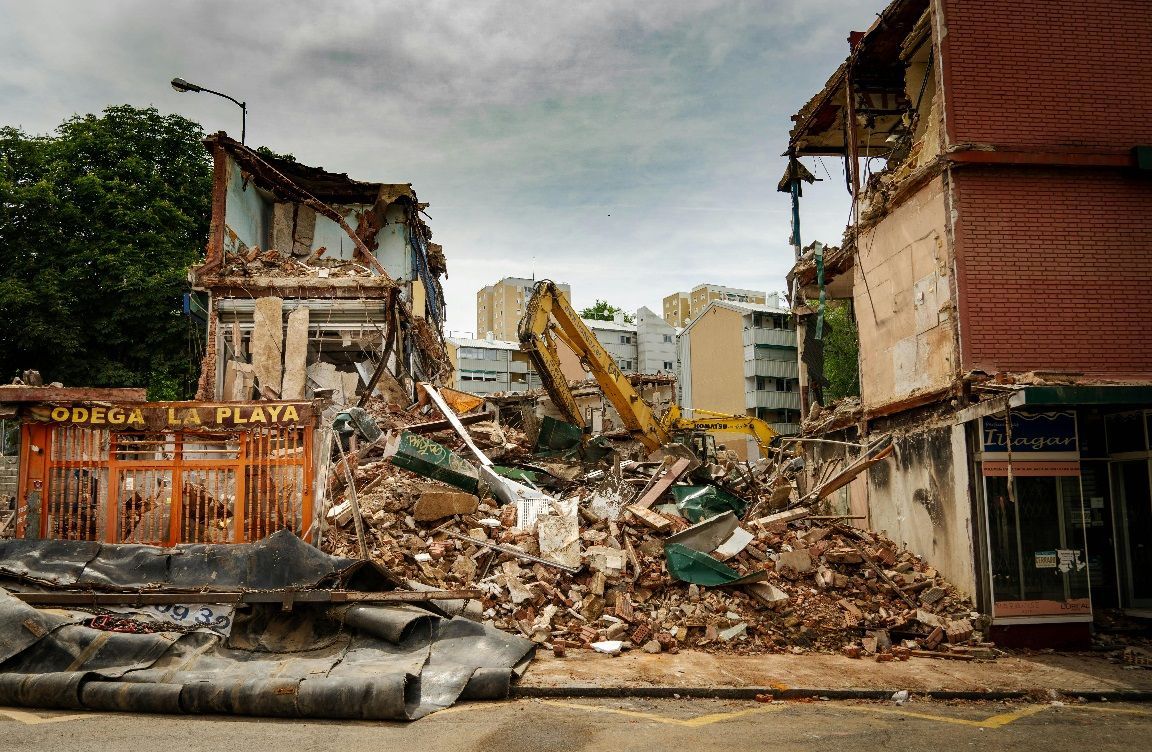
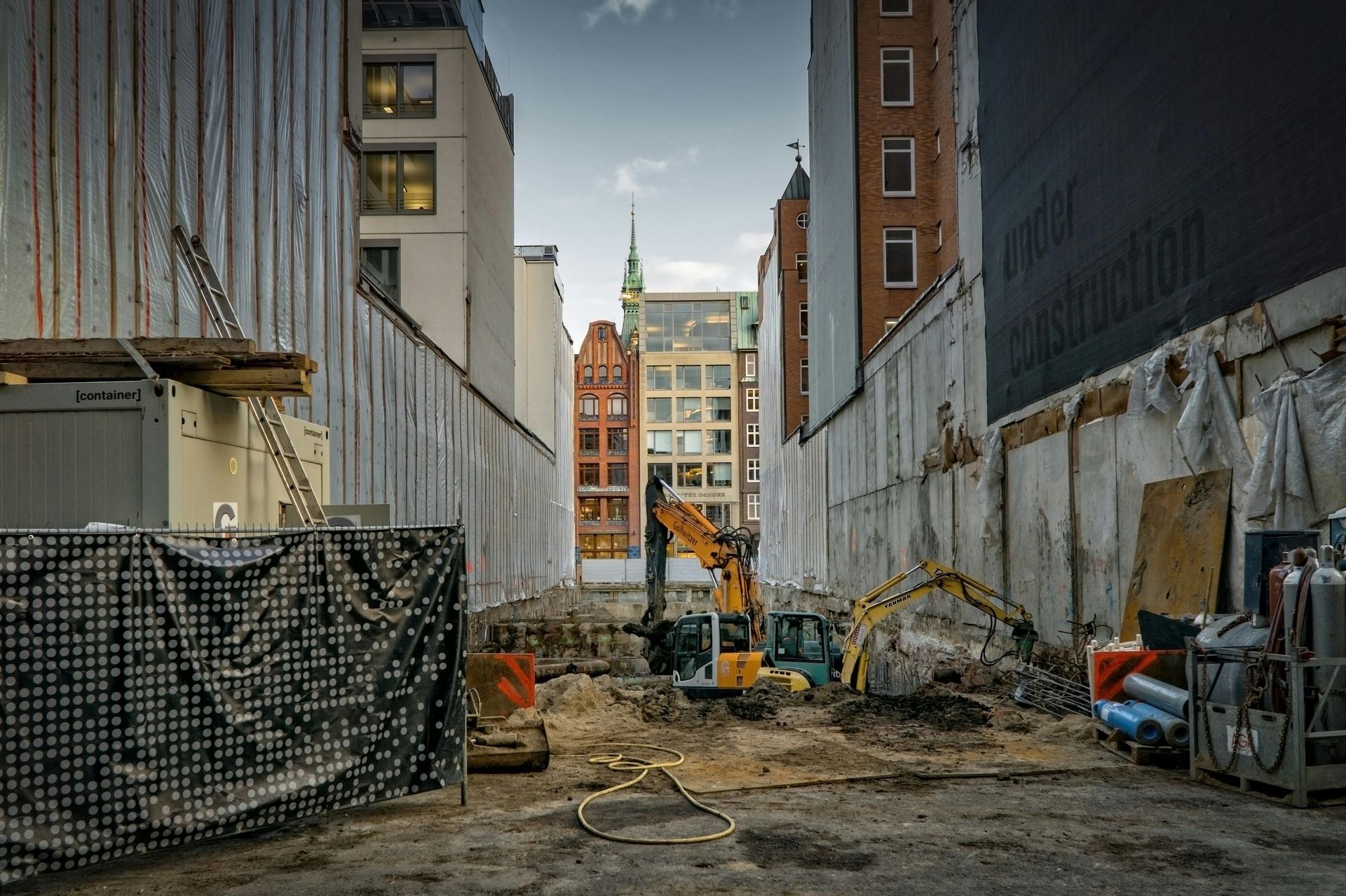
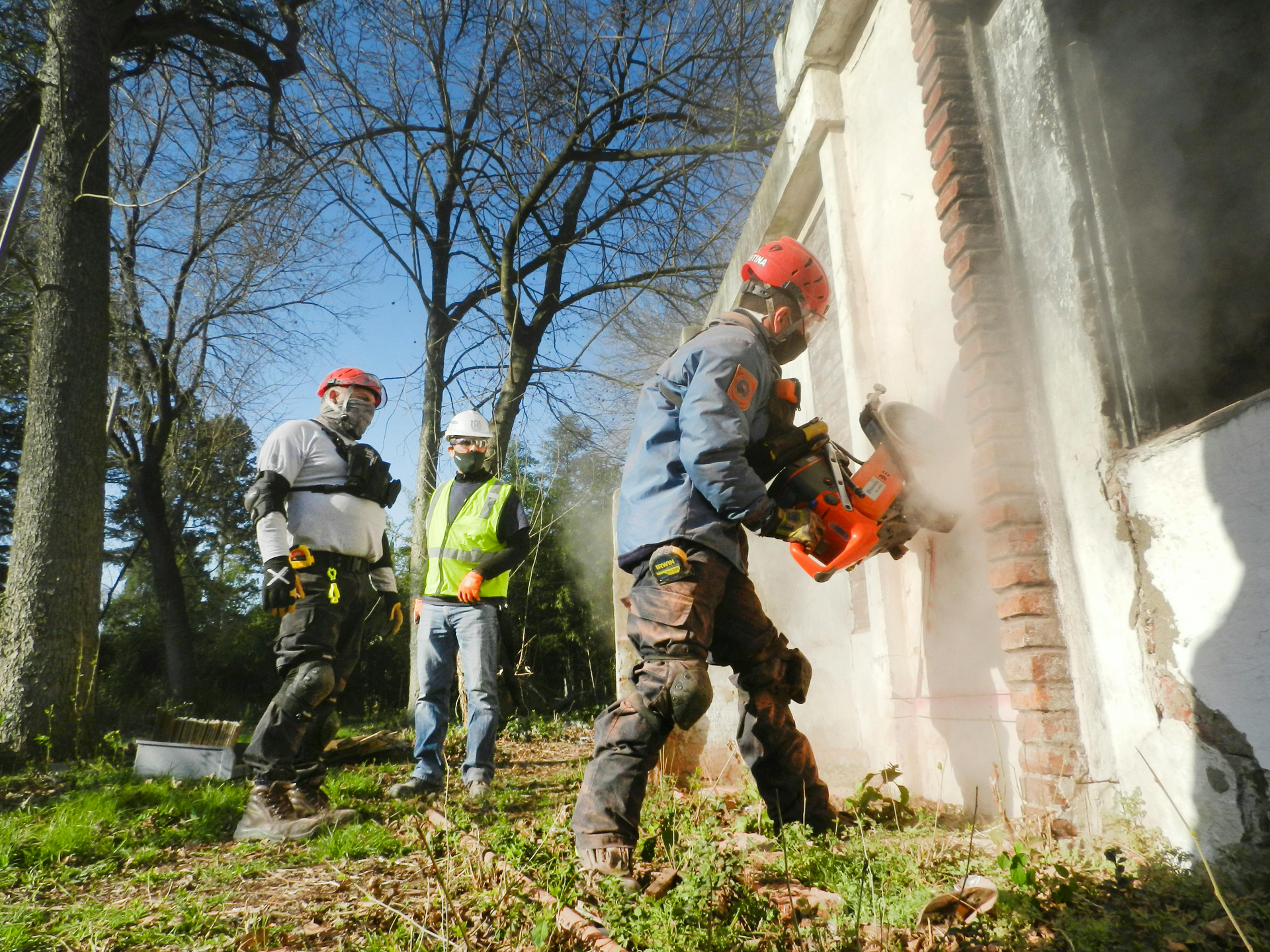


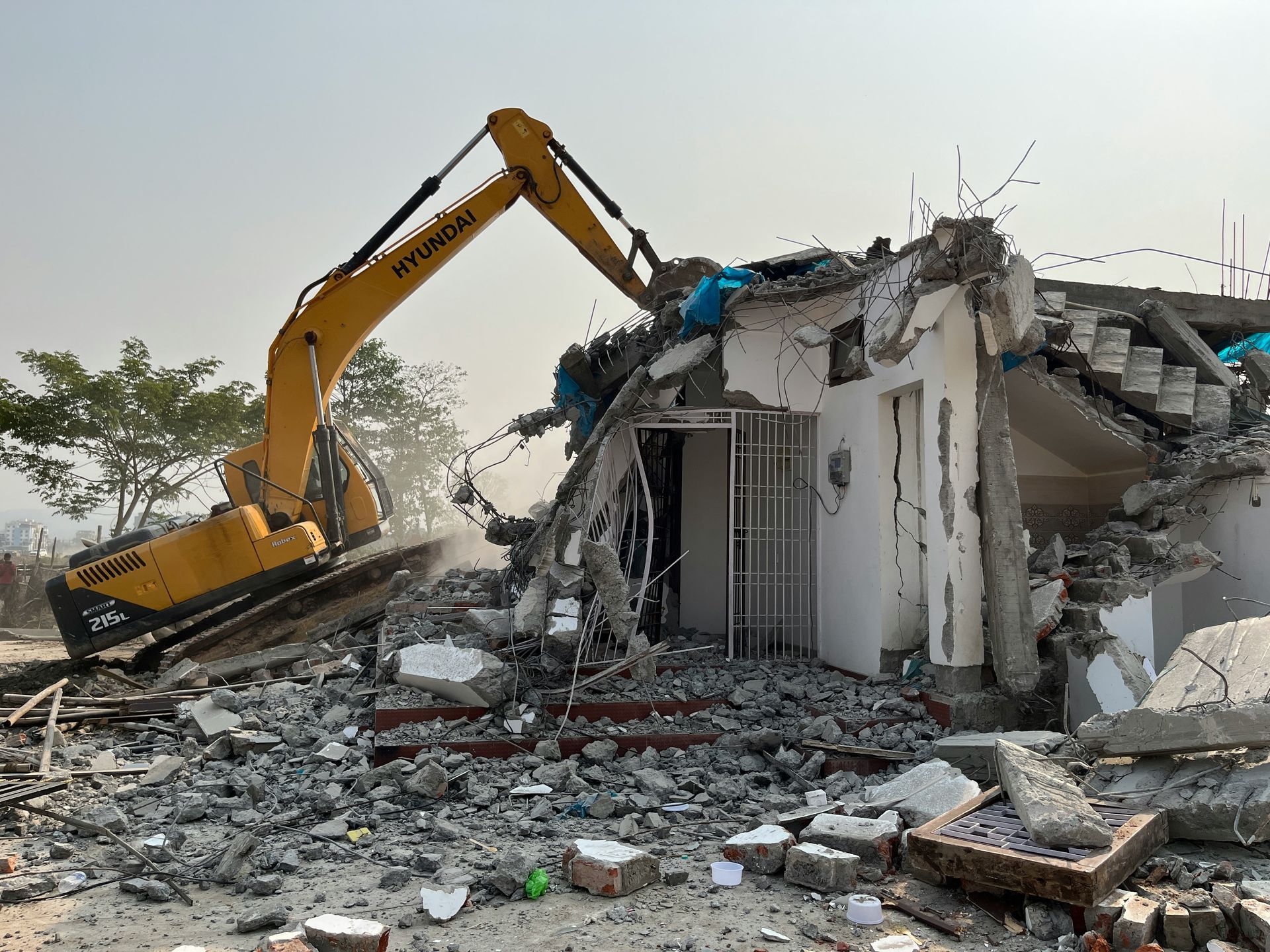
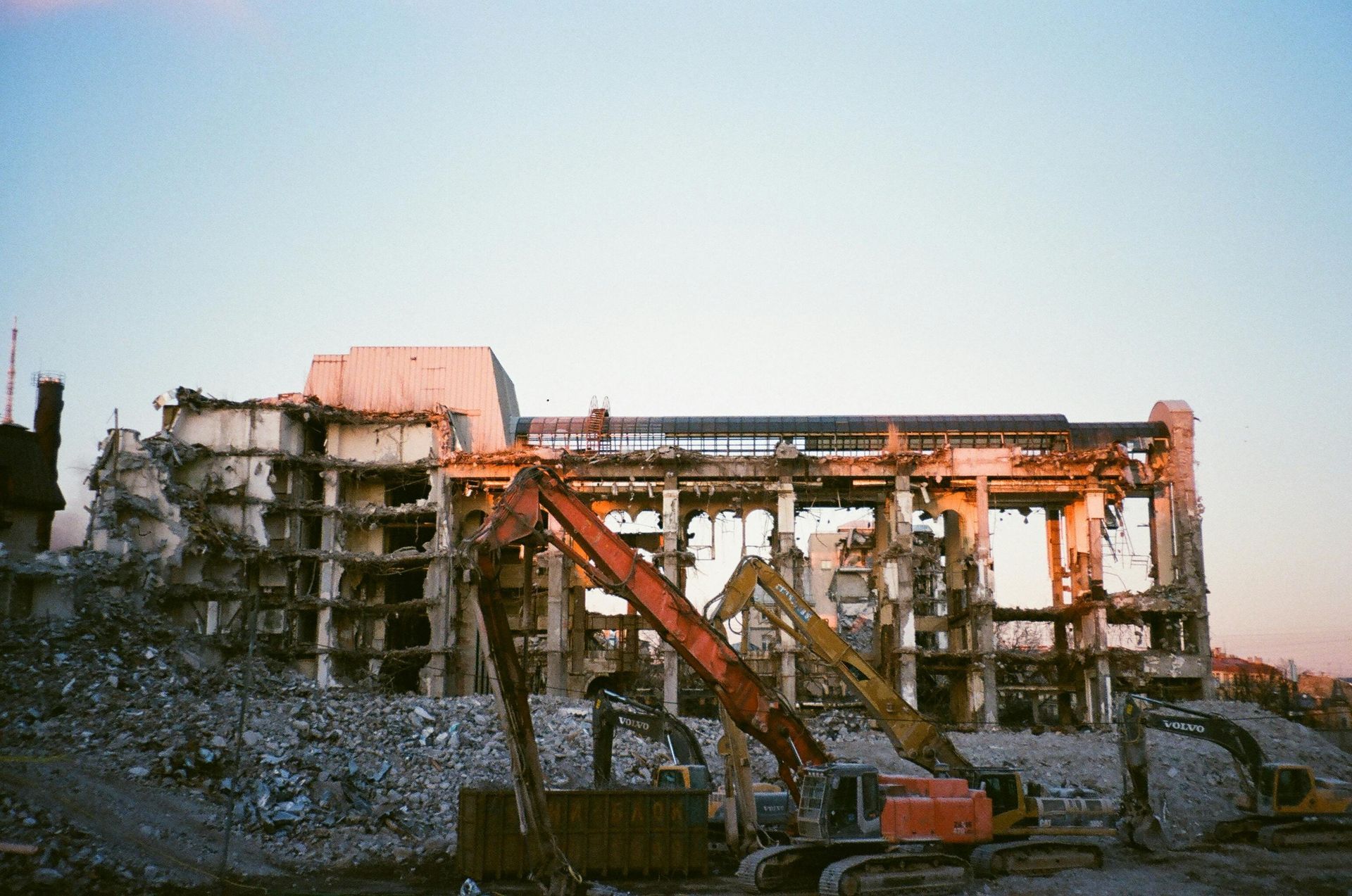
FIRST STEP DEMOLITION PROVIDES COMMERCIAL AND RESIDENTIAL DEMOLITION AND SITE PREP SERVICES TO CUSTOMERS THROUGHOUT ARIZONA.
OUR WEBSITE
OUR COMPANY HAS HIGH SAFETY STANDARDS AND COMPLIES WITH ALL OSHA REQUIREMENTS
Website Designed by: Kickass Websites
